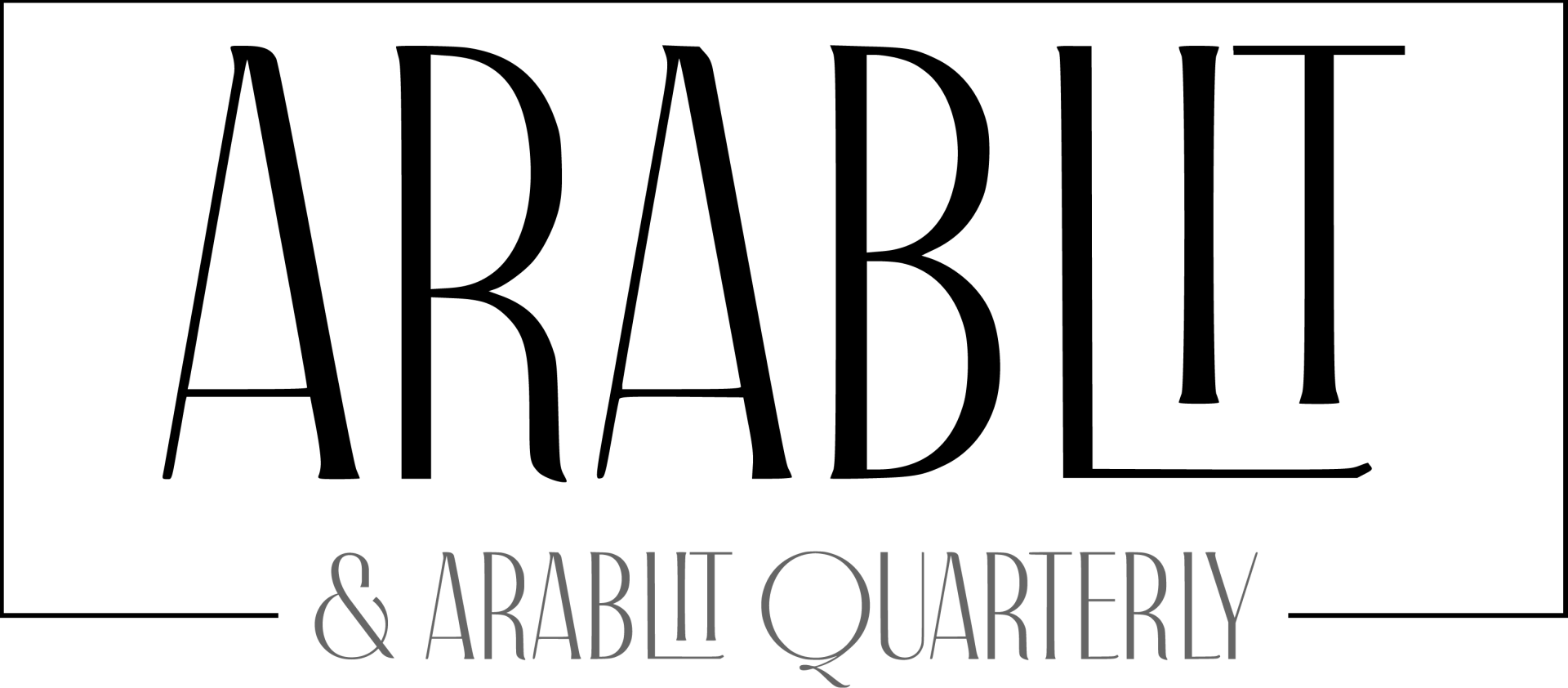‘Silencing the Sea’: A Look at the Landscape of Palestinian Poetries
Electronic Intifada recently published Sarah Irving’s review of Khaled Furani’s Silencing the Sea: Secular Rhythms in Palestinian Poetry. Sarah also blogged on Haifa’s ‘path of poetry’ and Daud Turki, Palestinian poetry and Israeli prisons.
 This spurred me to open my digital copy of the book; after all, Stanford University Press has granted me access for a limited time, tick-tock.
This spurred me to open my digital copy of the book; after all, Stanford University Press has granted me access for a limited time, tick-tock.
As Sarah notes, Silencing the Sea is an ethnographic study of the Palestinian poetic scene, a scene that Furani says is dominated by three forms: “[1] a traditional ode in use for over fifteen centuries, and two modern arrivals, both less than a century old: [2] free verse and [3] prose poetry. The scene is characterized by a plethora of exceedingly intricate power struggles among these forms, their adherents, and the different worlds they advocate.”
In the process of putting together Silencing the Sea, Furani says he conducted 58 interviews with 47 poets, a number of non-poets, and scanned the press for its views and accounts of poetry.
Furani begins the book with Adonis, who anyone might call the secularist’s secular poet. But this titular secularism is not here because the poets spoke of it directly, but rather because of the way Furani felt it organized their work. “It was natural and self-evident for certain poets in this study to posit poetry as distinct from religion, writing as more powerful than reciting, and historical time as sovereign over all others (e.g., a time of eternity).”
Furani largely works with Talal Asad’s 2003 concept of the secular “as a modern form of power.” He is here not interested in the poets’ hair or headscarves, long jilbab or short, but rather their use of the secular as a “dominant fragmentary formation in ways of knowing and being in the modern era.”
He does not attribute to the secular “a primal causality for transforming Arabic poetry,” but does “locate its compartmentalizing effects in the conditions and consequences of how poets have come to handle sonic distribution in their compositions.”
The book’s opening chapters raise numerous questions about poetry as it exists not “as itself,” but within a web of other human behaviors. Furani, Sarah writes, discusses the great changes that have happened in the construction of Arabic poetry in the last hundred years. But he does not merely reflect on what these changes have meant to poetry-in-itself. Sarah writes:
For Furani, these changes reflect shifts in Palestinian politics and the wider Palestinian condition, and also deep-rooted differences in how poets and their audiences view poetry as a phenomenon.
It is certainly a book worth reading, not the least for taking on poetry from a different (non-critical, non-poetic) angle. I look forward to the rest.
More:
Links between struggle and art probed in new book on Palestinian poets
See the book’s Table of Contents on the Stanford University Press site.

January 23, 2013 @ 11:05 am
Thank you so much for blogging this review! In addition, there were a couple of anecdotal/observational points in the book which I couldn’t shoehorn into EI’s wordcount. For readers specifically interested in the Palestine, rather than the theories of poetry/secularism angles, they are here:
https://sarahirving.wordpress.com/2013/01/21/haifas-path-of-poetry/
and:
https://sarahirving.wordpress.com/2013/01/20/daud-turki/
January 23, 2013 @ 2:22 pm
Added up top, thanks! And made sure I’m also subscribed by email so that I don’t miss anything…
January 23, 2013 @ 4:53 pm
Oh my goodness in that comment I failed to close a clause which I opened with a comma. *Bows head in shame*
January 23, 2013 @ 4:55 pm
I’m sure it’s the most dreadful grammatical oversight made in an online comment, either here or elsewhere.
January 23, 2013 @ 8:20 pm
It’s more that I just finished doing the first edit of a book manuscript which was very good, except that it was full of that very error and it drove me nuts 🙂